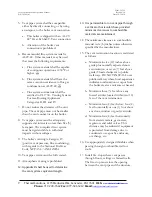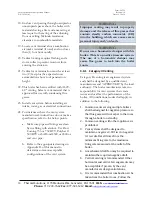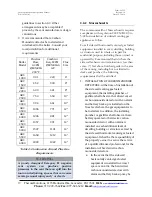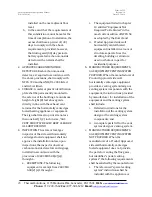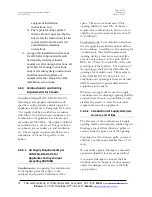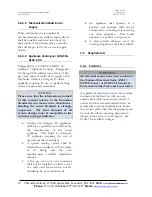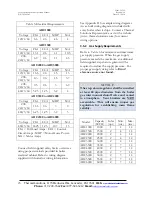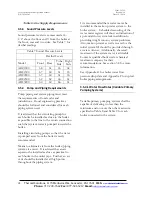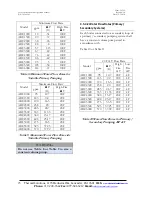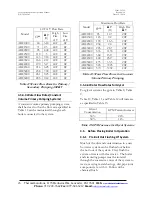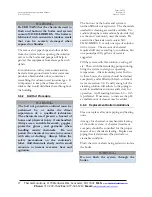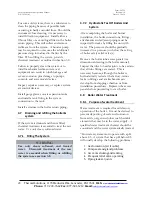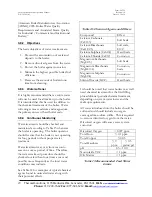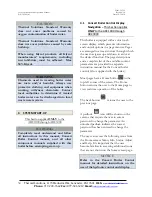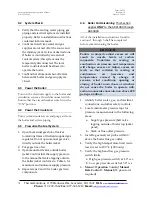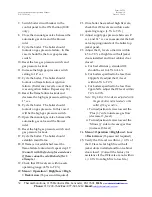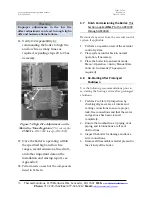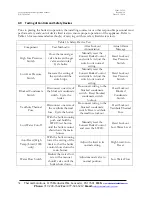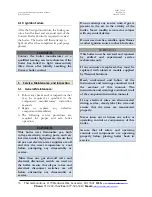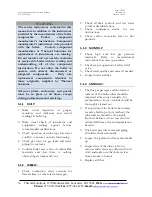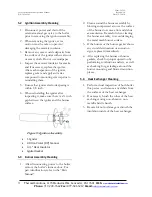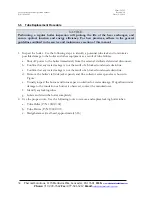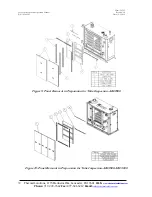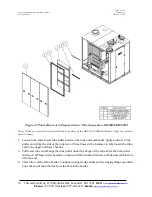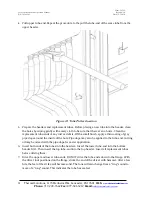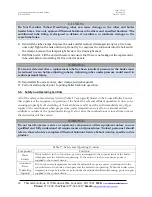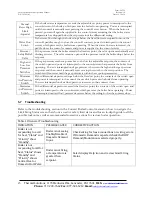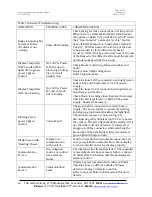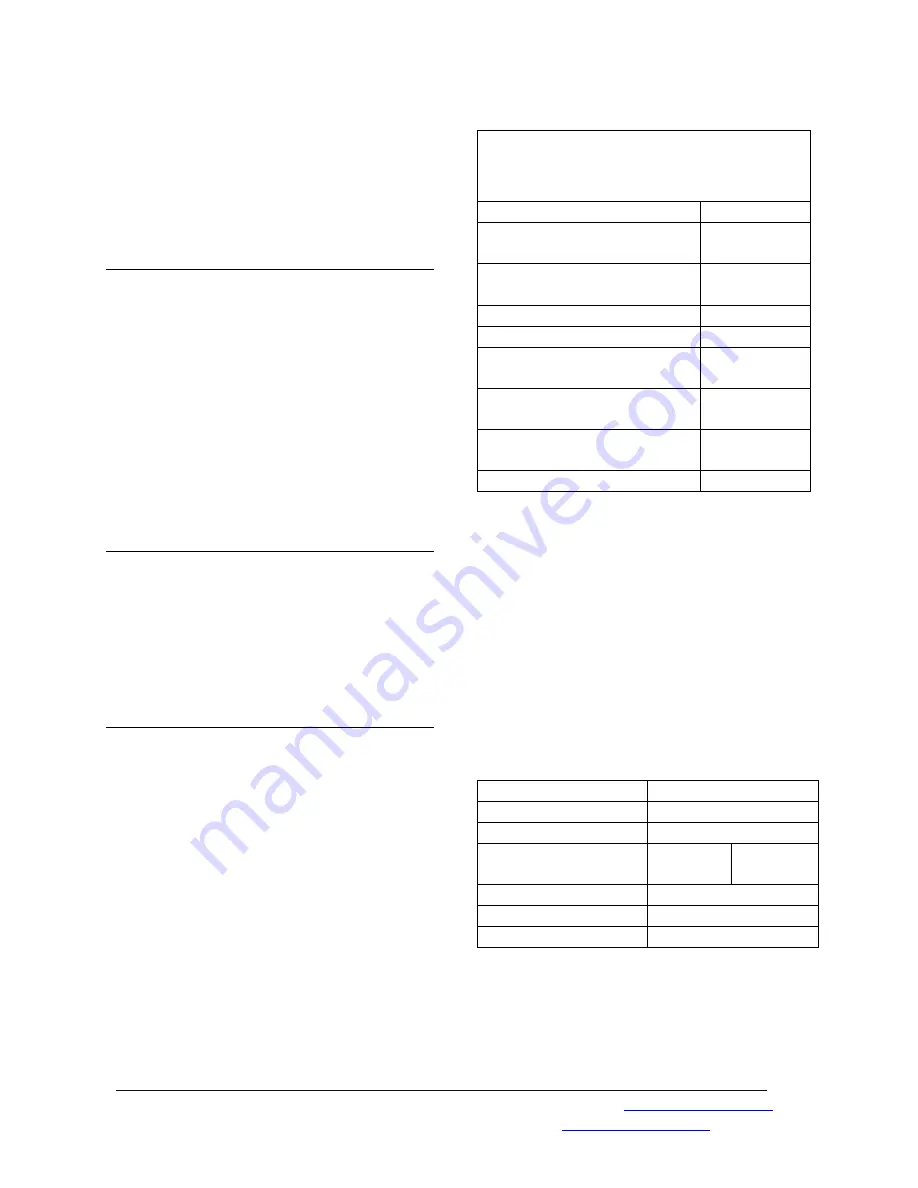
Form: 2435-3
Arctic Installation and Operation Manual
Revision: 10
P/N 105641-01
Date: 12-1-2018
Thermal Solutions, 1175 Manheim Pike, Lancaster, PA 17601
Web:
Phone:
717-239-7642
Fax:
877-501-5212
Email:
29
(American Boiler Manufacturers Association
[ABMA], 2005. Boiler Water Quality
Requirements and Associated Steam Quality
for Industrial / Commercial and Institutional
Boilers)”
3.8.2
Objectives
The basic objectives of water treatment are:
1.
Prevent the accumulation of scale and
deposits in the boiler.
2.
Remove dissolved gases from the water.
3.
Protect the boiler against corrosion.
4.
Maintain the highest possible boiler fuel
efficiency.
5.
Decrease the amount of boiler down
time from cleaning.
3.8.3
Water softener
It is highly recommended that a zeolite water
softener be used for all make-up to the boiler.
It is intended that this be used in addition to
the chemical treatment of the boiler. Water
softening removes calcium and magnesium,
the primary causes of hard boiler scale.
3.8.4
Continuous Monitoring
Water treatment should be checked and
maintained according to Table 15 whenever
the boiler is operating. The boiler operator
should be sure that the boiler is not operating
for long periods without proper water
treatment.
Water treatment may vary from season to
season or over a period of time. Therefore,
the water treatment procedure should be
checked not less than four times a year and
possibly more frequently as the local water
conditions may indicate.
See Table 14 for examples of typical chemical
agents found in untreated water along with
their potential effects.
Table 14: Chemical Agents and Effects
Compound
Effect
Calcium Carbonate,
(CaCO3)
Soft Scale
Calcium Bicarbonate
(CaHCO3)
Soft scale,
CO2
Calcium Sulphate (CaSO4)
Hard Scale
Calcium Chloride (CaCl2)
Corrosion
Magnesium Carbonate
(MgCO3)
Soft Scale
Magnesium Bicarbonate
(MgHCO4)
Corrosion,
Scale
Magnesium Sulphate
(MgSO4)
Corrosion
Silicon Dioxide (SiO2)
Hard Scale
It should be noted that water boilers may well
need chemical treatment for the first filling
plus additional periodic chemical treatment,
depending on system water losses and the
makeup requirements.
All water introduced into the boiler should be
softened and should include an oxygen
scavenger like sodium sulfite. This is required
to remove dissolved oxygen from the water.
Dissolved oxygen will cause severe system
corrosion.
Dissolved Oxygen
< 0.007 ppm
Total Iron
≤ 0.1 ppm
Total Copper
≤ 0.05
Total Hardness
≤
9
ppm
≤ 0.5
grains/gal
pH
8.3 – 10.0
Nonvolatile TOC
< 1 ppm
Oily Matter
< 1 ppm
Table 15 Recommended Feed Water
Limits



